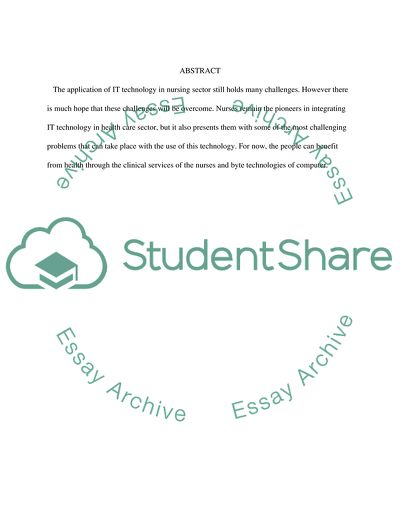Cite this document
(Increasing the Responsibilities and Challenges for the Patients in the Literature review - 1, n.d.)
Increasing the Responsibilities and Challenges for the Patients in the Literature review - 1. Retrieved from https://studentshare.org/nursing/1750372-data-use-in-clinical-and-administrative-decision-making-in-health-care-nursing
Increasing the Responsibilities and Challenges for the Patients in the Literature review - 1. Retrieved from https://studentshare.org/nursing/1750372-data-use-in-clinical-and-administrative-decision-making-in-health-care-nursing
(Increasing the Responsibilities and Challenges for the Patients in the Literature Review - 1)
Increasing the Responsibilities and Challenges for the Patients in the Literature Review - 1. https://studentshare.org/nursing/1750372-data-use-in-clinical-and-administrative-decision-making-in-health-care-nursing.
Increasing the Responsibilities and Challenges for the Patients in the Literature Review - 1. https://studentshare.org/nursing/1750372-data-use-in-clinical-and-administrative-decision-making-in-health-care-nursing.
“Increasing the Responsibilities and Challenges for the Patients in the Literature Review - 1”, n.d. https://studentshare.org/nursing/1750372-data-use-in-clinical-and-administrative-decision-making-in-health-care-nursing.


